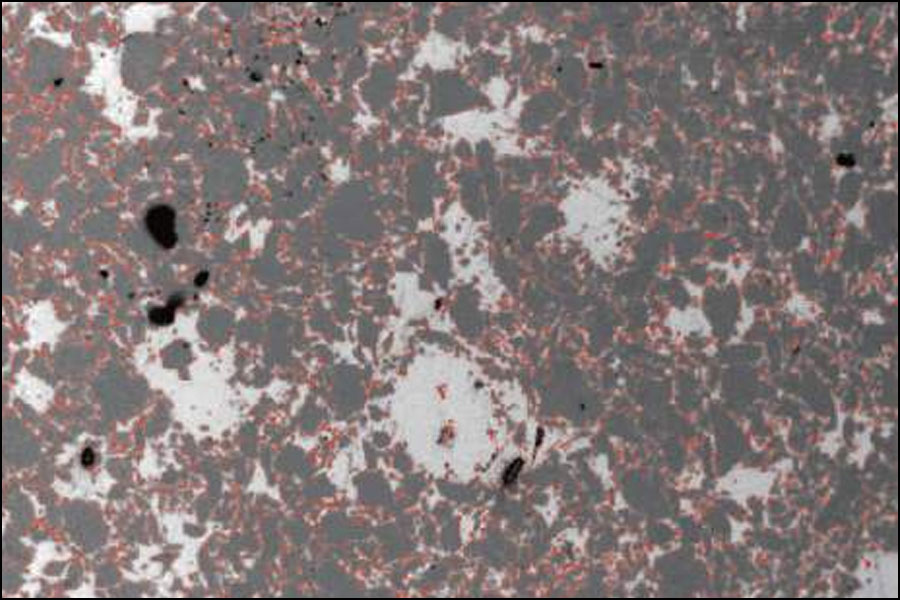
Beryllium pollution refers to environmental pollution caused by beryllium and its compounds. Beryllium is a highly toxic element to humans and animals, and there have been many incidents of beryllium poisoning.
Introduction To Beryllium Pollution
Beryllium is a highly toxic element to humans and animals. There have been many incidents of beryllium poisoning in the factories that smelt and process beryllium and the surrounding environment. There were more than 760 cases of beryllium poisoning in the United States from 1951 to June 1966.
Japan began to refine beryllium in 1956. In 1958, 48 patients with beryllium poisoning were discovered, which increased to 346 in 1973.
The content of beryllium in the soil solution exceeds 0.5 mg/L to cause plant poisoning. Therefore, compared with animals, the toxicity of beryllium plants is much lower. About 144 tons of beryllium are discharged into the environment by human activities each year, of which 123 tons are from coal burning, accounting for about 85.3%; from fuel oil is 12 tons, accounting for about 8.3%; from the production and processing of beryllium and beryllium compounds 9 Tons, accounting for about 6.3%. Although the proportion of beryllium brought into the environment by fossil fuels is large, it is very scattered and has not yet formed a public hazard.
Detailed Description Of Beryllium Pollution
The average abundance of beryllium in the crust is 2.6 ppm. Basalt is 0.3ppm, granite is 5ppm, shale is 3ppm, and the content in limestone and sandstone is less than 1ppm. The beryllium content in coal is 0.1-7ppm, with an average of 1ppm. The content of beryllium in coal ash can reach 4 ppm, and the content of beryllium in coal ash in individual areas can reach as high as 4000 ppm. The common beryllium mineral is beryl, which contains 10-12% beryllium. Beryllium is mainly used in the electronics, atomic energy and aerospace industries.
According to estimates in 1973, about 144 tons of beryllium are discharged into the environment by human activities each year, of which 123 tons are from coal, accounting for about 85.4%; those from fuel oil are 12 tons, accounting for about 8.3%; from beryllium and beryllium compounds The production and processing is 9 tons, accounting for about 6.3%. Although the proportion of beryllium brought into the environment by fossil fuels is large, it is very scattered and has not yet formed a public hazard. The beryllium content in European atmosphere is 0.9-4 fiber g/m3, and in North America it is 0.1-0.3 fiber g/m3. The annual mining volume of beryllium ore is 1,100 tons, which is less than the natural circulation volume (about 10,000 tons).
The United States recorded 760 cases of beryllium poisoning from 1951 to June 1996. Japan began to refine beryllium in 1956. In 1958, 48 patients with beryllium poisoning were discovered, which increased to 346 in 1973.
Beryllium belongs to group ⅡA in the periodic table, but its properties are similar to aluminum. The solubility of beryllium oxide in natural water is extremely small, and the dissolved beryllium is also hydrolyzed into polynuclear hydroxyl complex ions. The British fresh water contains beryllium 0.01 to 1 microgram/liter, with an average of 0.3 microgram/liter, which has exceeded some national regulations. The allowable concentration of water quality (0.2μg/L). For these water areas slightly higher than the prescribed standards, whether beryllium has affected the health of residents has not been studied in depth.
The content of beryllium in the soil is 0.01-40 mg per kilogram, with an average of 0.3 mg per kilogram. The soil solution contains more than 0.5 mg/L of beryllium to cause plant poisoning. Therefore, compared with animals, beryllium is much less toxic to plants.
Chinese Standards For Beryllium Pollution
China stipulates that the maximum allowable concentration of beryllium in ground water is 0.2 micrograms/liter; the daily average maximum allowable concentration of beryllium in the atmosphere of residential areas is 0.01 micrograms/m3; the maximum allowable concentration of beryllium and its compounds in the air of workshops is 1 microgram/m3. The Soviet Union stipulates that the maximum allowable concentration of beryllium in domestic water and surface water is 0.2 micrograms/liter. The United States stipulates that the maximum allowable concentration of beryllium in the atmosphere is 0.01 micrograms/m3; the 8-hour average maximum allowable concentration of workplace air is 2 micrograms/m3






